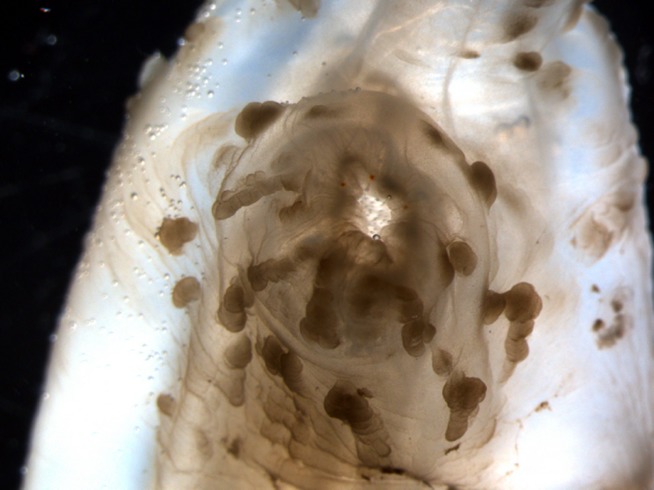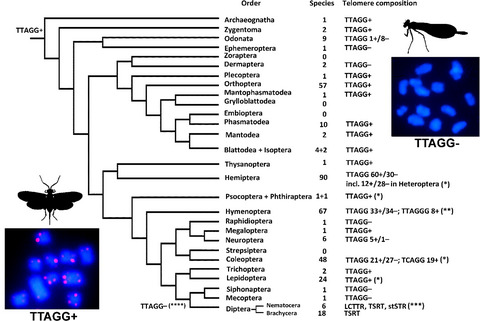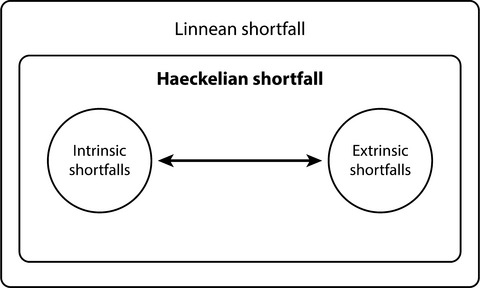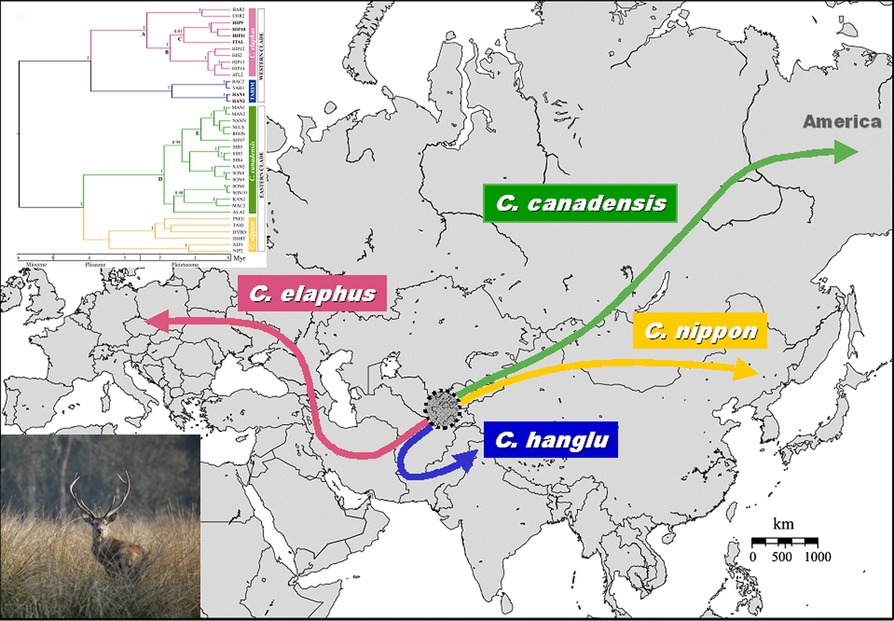The Journal of Zoological Systematics and Evolutionary Research is a peer-reviewed, international forum for publication of high-quality research on systematic zoology and evolutionary biology.
Journal Metrics
- 6CiteScore
- 2.6Journal Impact Factor
- 32%Acceptance rate
- 28 days Submission to first decision
Articles
Taxonomic Studies of the Ground Beetle Subgenus Rhagadus Motschulsky (Coleoptera: Carabidae: Pterostichus): Unraveling the “Female Holotype Problem” Using External Geometric Morphometrics and Novel Male Genital Morphology
- 30 June 2025
Phylogeography of the Bent‐Toed Geckos (Squamata: Gekkonidae) Reveals Complex Diversification Patterns Linked to the Orogenic History of the Himalayas
- 19 June 2025
Maternal Phylogeny and Genetic Structure of Wild Sheep/Argali (Bovidae, Ruminantia) Populations in China
- 13 May 2025
The Mitochondrial Genome Reveals Phylogenetic Relationships and Gene Rearrangement in Brachyura
- 25 April 2025
Integrating Spatially-Explicit and Genetic Analyses to Identify Conservation Priorities for Bufo eichwaldi (Amphibia: Anura) in the Hyrcanian Forest
- 16 April 2025
The following is a list of the most cited articles based on citations published in the last three years, according to CrossRef.
Ultrastructure of attachment specializations of hexapods (Arthropoda): evolutionary patterns inferred from a revised ordinal phylogeny
- 177-207
- 21 December 2001
Morphological evidence that the molecularly determined Ciona intestinalis type A and type B are different species: Ciona robusta and Ciona intestinalis
- 186-193
- 15 May 2015
Graphical Abstract

Ciona intestinalis is a model chordate in various fields of biology. Molecular studies have identified two forms, named “type A” and “type B”, as putative cryptic species, leading to the hypothesis of a complex of species. We compared their morphology and found that only type A possesses tunic tubercular prominences, allowing unambiguous discrimination. We found that Ciona robusta Hoshino & Tokioka, 1967 corresponds to C. intestinalis type A and that Ciona intestinalis (Linnaeus, 1767) corresponds to C. intestinsalis type B.
Telomere structure in insects: A review
- 127-158
- 19 November 2019
Graphical Abstract

Telomeres are terminal regions of chromosomes, which protect and stabilize their structure. Telomeres usually contain specific DNA repeats (motifs) that are maintained by telomerase. In this review, we survey the current state of knowledge of telomere motifs in insects. The telomeric repeat TTAGG is considered ancestral for the class Insecta. However, certain insects have different and often unknown telomeric sequences. This happens because telomerase-dependent mechanisms coexist with various means of alternative lengthening of telomeres as backup mechanisms of telomere maintenance.
The Haeckelian shortfall or the tale of the missing semaphoronts
- 359-369
- 20 November 2020
Graphical Abstract

We introduce the Haeckelian shortfall, which has as its nexus organismal ontogeny, and refers to the relative scarcity of knowledge about the distinct semaphoronts of a substantial fraction of all known species. On a hierarchical scheme, we propose that the Haeckelian shortfall is the second most pervasive shortfall, given that the lack of semaphoronts greatly preclude the removal of the intrinsic and extrinsic shortfalls.
Insights into the evolutionary history of Cervus (Cervidae, tribe Cervini) based on Bayesian analysis of mitochondrial marker sequences, with first indications for a new species
- 340-349
- 25 June 2015
Graphical Abstract

We applied a coalescent Bayesian approach to most Cervus taxa, including some poorly studied central-Asian populations, using mitochondrial cytochrome b and control region sequences. Red deer (C. elaphus), wapiti (C. canadensis) and sika deer (C. nippon) are confirmed as different species. Tarim populations from central Asia, hitherto subspecies of C. elaphus (C. e. bactrianus, C. e. yarkandensis, C. e. hanglu), revealed worthy of being raised to the species level (C. hanglu). Based on phylogeny and divergence times, a novel evolutionary pattern for Cervus is proposed.




